Hint: Yes, AI takes on a whole new meaning in the world of wireless connectivity
The future of wireless connectivity is bright, promising to deliver bespoke experiences that evolve with the user. 6G is expected to revolutionize the way we connect with the world around us.
Key to this revolution is adaptive intelligence — the incorporation of artificial intelligence (AI) that operates autonomously between the device and network across all protocols and layers. At the device, adaptive intelligence applies AI and contextual awareness to determine how to improve the user experience based on real-time application requirements and local conditions. At the network, adaptive intelligence includes the convergence of AI and the continuous integration and continuous delivery (CI/CD) paradigm to more smartly manage networks under unique circumstances in real time.
AI-native 6G stands as a transformative leap in network technology, revolutionizing wireless connectivity and ushering in a new era of communication possibilities. It’s a critical development as the volume and types of demand for connected services continues to explode.
In this fourth installment of the 6G foundry series, we explore how adaptive intelligence builds upon the wireless AI foundation established in 5G Advanced, which bolsters the ability to deliver performance-driven user experiences with robust coverage. We will also look at the crucial role of AI-enabled digital twins in operating reliable, efficient and scalable networks. Join us on the journey into the future of wireless connectivity and discover more about the role adaptive intelligence plays in 6G.
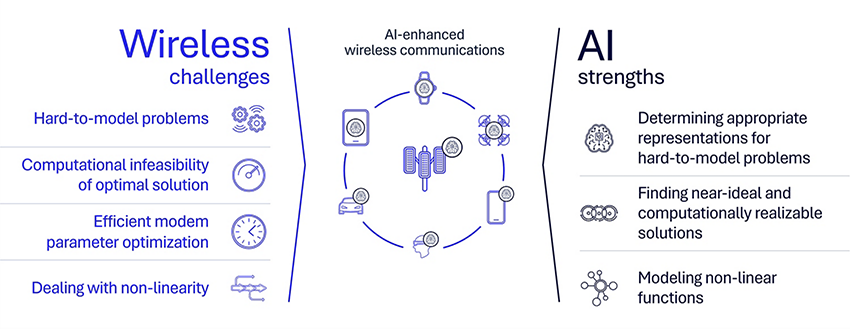
Figure 1. AI strengths are well suited to address the challenges in wireless connectivity.
Building upon the wireless AI foundation in 5G Advanced
At the heart of 6G’s transformative potential is the intent to build upon the AI work done for 5G Advanced. AI techniques offer a powerful solution to overcome challenges in wireless communications, such as optimizing for channel non-linearity, which arises from the complex nature of radio wave propagation.
The era of wireless AI for 5G began in 3GPP Release 16 with the introduction of the Network Data Analytics Function (NWDAF) as a part of the core network’s enablers for network automation. Additionally, 3GPP Release 16 introduced RAN-centric data collection and utilization including the Minimization of Drive Tests (MDT) and Self-Organizing Networks (SON) procedures, and the corresponding management and orchestration architecture to support analytics in the RAN.
Release 17 introduced new features that further augmented machine learning (ML) capability in the 5G RAN. With the first release of the 5G Advanced standard — 3GPP Release 18 — 5G began the study of how to further include the device by focusing on evaluating AI models and frameworks that can be seamlessly integrated into end-to-end wireless systems. This work has set the stage for upcoming specifications in 5G Advanced Release 19, with more to come in Release 20 and the future AI-native 6G platform.
Release 19 will provide specification support for a general framework of AI and machine learning for air interface. This will enable the integration of AI into various aspects of 5G Advanced, including beam management, positioning and mobility optimization. Initial studies will also be conducted to identify and evaluate potential use cases for AI in 6G.
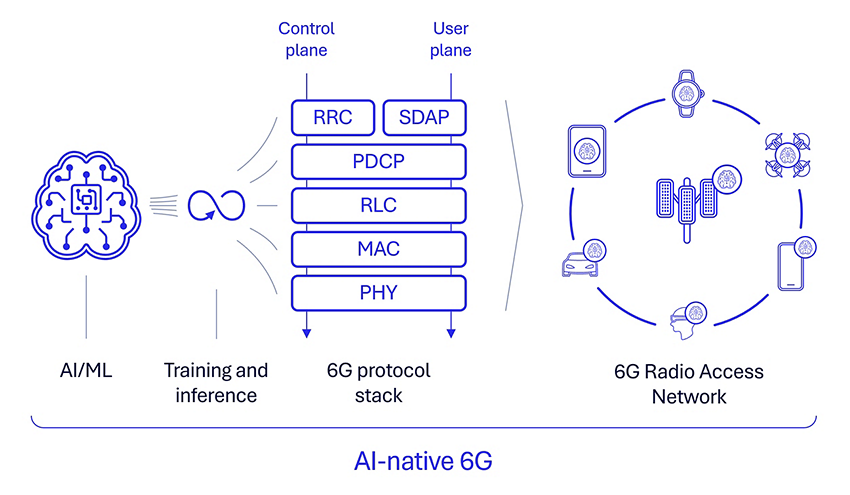
Figure 2. Adaptive intelligence across the 6G protocol stack sets the foundation for AI-native 6G.
Realize robust coverage and performance with adaptive ML-based transceivers
Adaptive intelligence in 6G will significantly enhance wireless connectivity by employing adaptive ML-based transceiver chains, which will power the next-generation air interface. By leveraging AI/ML algorithms to optimize signal processing, these transceiver chains will improve signal-to-noise ratio (SNR) and power efficiency. This technological advancement enables broader coverage and superior performance, even in challenging propagation environments.
AI/ML-based techniques are key to solving the complexities of 6G wireless communications, with capabilities like advanced error protection and adaptable code rate designs. By dynamically adjusting transmission parameters based on real-time channel conditions, these techniques mitigate signal distortions and errors, ensuring reliable data transmission. The ability to adapt to changing environments enhances user experience and network efficiency.
Adaptive ML-based transceivers could optimize performance and efficiency of 6G networks in real time. This adaptability is crucial in meeting the diverse requirements of various applications and services, ensuring that 6G delivers unparalleled performance for users and industries alike. AI-native 6G stands as a transformative leap in network technology, revolutionizing wireless connectivity and ushering in a new era of communication possibilities.
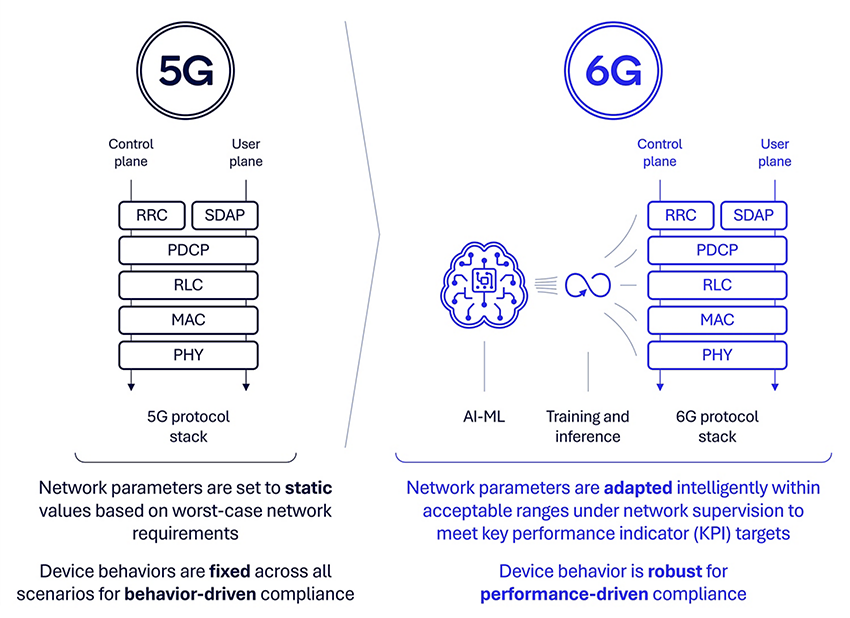
Figure 3. AI-native 6G – A paradigm shift from conformance to adaptation and performance-driven optimization.
Deliver performance-driven user experiences with adaptive intelligence
With adaptive intelligence in 6G, we can move beyond the conventional uniform approach and customize the system’s behavior to meet the unique needs and preferences of individual users. This ensures that users experience a network that adjusts to their specific requirements, delivering optimal performance for their applications.
“Networking protocols should be able to adapt to optimize user experiences instead of user experiences being defined by protocol behaviors.”
To realize this vision, 6G is expected to learn and adapt over time, using AI-native protocols that support adaptive intelligence. These protocols will enable the network to dynamically adjust its parameters based on real-time conditions, such as traffic load, user mobility and interference levels. This will allow the network to optimize performance for each individual user, application and device.
In addition, 6G devices will be equipped with adaptive capabilities, enabling them to change their behavior based on the network conditions. For example, a device may switch between different frequency bands or modulation schemes to maintain a strong and reliable connection.
A further hallmark of 6G’s adaptive intelligence is the introduction of flexible performance targets. Rather than designing the protocols to achieve a performance with a static set of behavior criteria, the 6G protocol stack will enable layers of the stack to adapt their behavior to achieve the performance targets, aligning with the unique demands of the applications they support. This will allow specific performance aspects (e.g., latency or reliability), to be prioritized according to individual needs, where the protocol adapts to the user experience instead of the user experience being defined by the protocol behavior.
Moreover, 6G will transition from a conventional, specification-based performance model to one that is driven by AI. This will revolutionize the network’s optimization, no longer aiming to merely meet predefined behavior criteria but to dynamically deliver the best performance for users’ applications. This transformation is pivotal for the support of advanced applications like extended reality (XR) and AI, which demand unprecedented levels of performance.
An interesting challenge to be solved in a performance-driven adaptive framework is in testing compliance to performance targets. Protocol designers have much experience in achieving targets for low-level metrics like block error rate (BLER) across highly dynamic wireless channels. However, characterizing performance metrics at higher levels of the protocol stack, those with increasing relevance to application-layer experiences, could require new skill sets.
By providing performance-driven user experiences, 6G’s adaptive intelligence will revolutionize our relationship with wireless networks. We anticipate a future of connectivity where users enjoy seamless, dependable, and personalized experiences that cater to their specific needs and preferences.
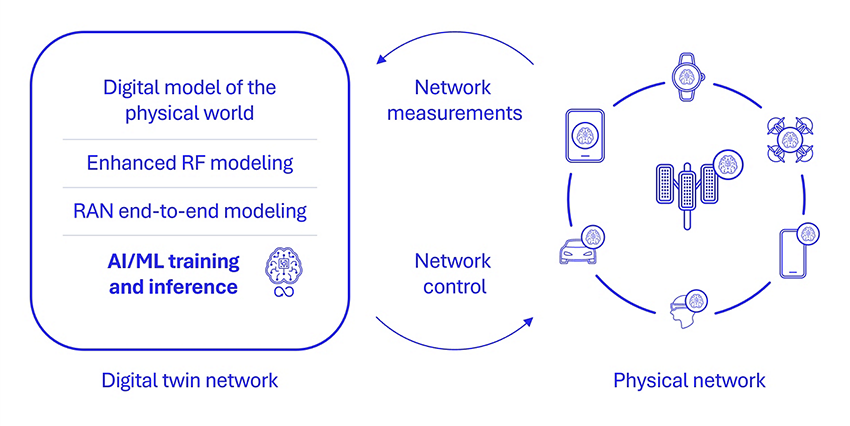
Figure 4. Adaptive intelligence in digital twin networks power reliable, efficient and scalable network operations.
Operate reliable, efficient and scalable networks with digital twins
Digital twins, which are virtual representations of physical systems, are emerging as a powerful technology for operating reliable, efficient and scalable networks in 6G. They provide a comprehensive understanding of network behavior, enabling real-time monitoring, analysis and decision-making.
In 6G networks, digital twins leverage AI to model complex network components and behaviors. These models can predict network performance, identify potential issues and optimize resource allocation, ensuring reliable connectivity for users. Moreover, digital twins enable efficient network management by providing insights into energy consumption and network load balancing, facilitating resource optimization and cost savings.
The fusion of digital twins with AI empowers network operators to reach unparalleled levels of scalability in 6G networks. AI algorithms can sift through immense data from digital twins to pinpoint patterns and trends, enabling proactive network planning and capacity management. This guarantees the network can handle escalating traffic and evolving user needs, supporting a broad spectrum of applications and services.
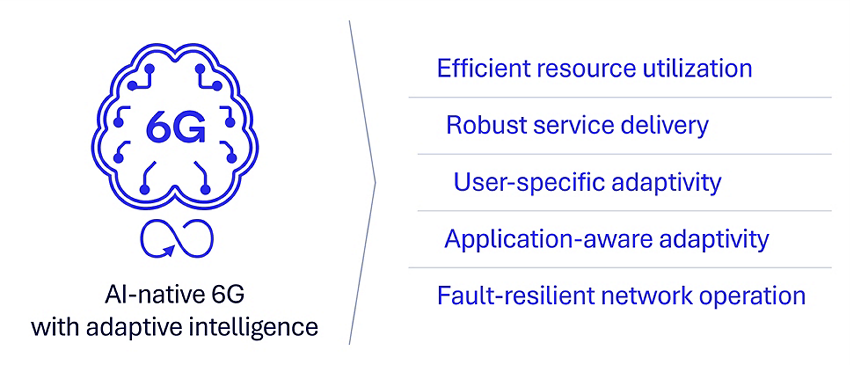
Figure 5. Adaptive intelligence is a key enabler of 6G’s innovative capabilities.
Adaptive intelligence will be an essential ingredient for the next era of wireless connectivity
6G will be a true fusion of connectivity and AI, not just for its technical merits but for its economics as well. A 6G network will be designed to be adaptive from the start, allowing it to perceive, learn and respond to its environment in real time. This will enable new levels of performance, efficiency and reliability that will be essential for a wide range of applications.
Adaptive intelligence is a key enabler of 6G’s innovative capabilities, including efficient resource utilization, robust service delivery, user-specific and application-aware adaptivity, and fault-resilient network operation. These capabilities collectively elevate 6G technology to an AI-native platform, providing significant improvements in flexibility, efficiency and performance. The network intelligence embedded in 6G ensures that it can adapt to the varying needs of modern and future applications and services.
By leveraging adaptive intelligence, 6G technology will extend the capability of wireless connectivity to new dimensions, creating an intelligent, self-optimizing network of networks. This will open new use cases and applications, empowering industry and society to fully embrace the digital transformation. As 6G continues to evolve, adaptive intelligence will revolutionize how we communicate, interact and experience the world around us.
Learn more and get the latest updates:
Watch our latest 6G webinar
Read more technology perspectives from the 6G foundry
Sign up for our wireless technology newsletter
Follow us on X
Check out more RCR Wireless News Telco AI content here.

